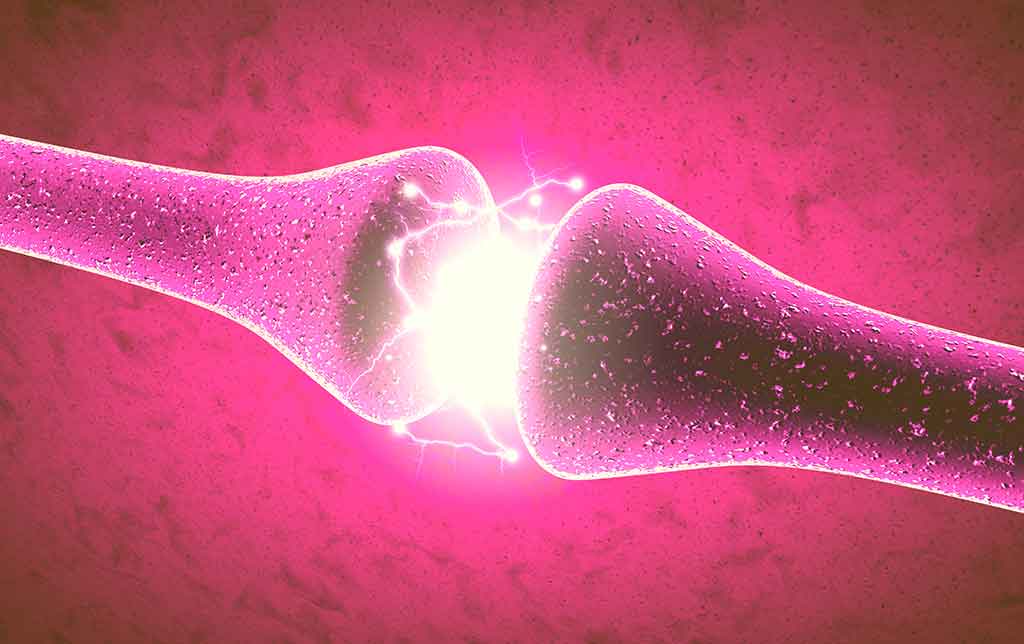Quick Road Map of Your Peripheral Nervous System
One of the first steps toward understanding how peripheral neuropathy works is understanding how your nerves work. This handy guide breaks down each different part of your peripheral nervous system, and how nerves do their jobs.
Your nerves, as it turns out, are so much more than just your nerves. As with many parts of the human body, your nerves are made up of many other, smaller components. Each one contributes to a whole that is greater than the sum of all its parts — which is basically a principle that you see at work in the human body, over and over again. Cells combine to form organs. Organs combine to form systems. And it all comes together to form the incredibly complicated human body.
“Complicated” isn’t an overstatement, either. Your nervous system is one of the most complex parts of what is already a very complex system — it’s a latticework of electrical impulses and their conductors, and it’s very literally in control of every single thing that your body does and experiences, whether you realize it or not.
Even just a single nerve fiber isn’t one nerve fiber. Each nerve fiber running through your body is made up of many bundles of even smaller fibers…and these themselves are also made up of smaller, bundled fibers!
But we’re getting ahead of ourselves. With something as impressive as the nervous system, it’s best to start with the general and work our way down to the specific.
The Types and Kinds of Nerves
Being that your nerves are responsible for a wide variety of different functions, it follows that there are a few different types. Each different type of nerve is specialized to conduct a certain type of signal throughout the body, and together they make sure that everything is working as it should.
In general, your nerves are in charge of three different types of functions. Your motor nerves are in charge of motion and movement. Your sensory nerves regulate all that sensory information running throughout your body. The autonomic nerves keep track of each and every one of the bodily functions that happen whether you’re thinking about them or not — things like breathing, heart rate, blood pressure, and so forth.
A Brief Lesson On Nerve Anatomy
When we talk about your nerves, we’re really talking about a variety of different smaller component parts of your nerves, and your symptoms that relate to those parts. So let’s dig into those parts in a brief way.
The Soma and the Axon
Your nerves are like little electrical wires that run through your entire body — and they all have to start somewhere. The origin point for these nerve endings is what we call the soma, or the central nerve body. These parts of the nerve tend to live close to the brain and the spine. So when we talk about peripheral neuropathy, we’re not actually talking about the central nerve body.
Rather, peripheral neuropathy specifically applies to a part of the nerve known as the axon. This is a long, arm-like extension that the nerve soma sends out, and it reaches all the way to whatever part of the body the nerve is in charge of controlling. The axon is usually the part of the nerve that becomes damaged, as they’re the parts of the nerve that extend out to the farthest ends of your body (or the periphery). The farther away a nerve ending gets from its central nerve body, the harder it is for that nerve body to reach it with compounds that repair it and keep it healthy.
Axons tend to bundle themselves together to form fascicles, and these fascicles in turn bundle together to form the actual nerve fibers that can be seen without a microscope. So, in reality, a single nerve fiber is made up of many, many axons, bundled together to form a series of fascicles…which then bundle themselves together to form the actual nerve fibers.
Large Fibers and Small Fibers
Larger nerve fibers and smaller ones serve different functions in the body — even though both types of fibers tend to be made up of a combination of all three types of nerves.
Typically, larger nerve fibers are responsible for transmitting heavier informational loads. They also tend to be covered with something incredibly important called the myelin sheath. This is basically a coating made up of fats and proteins, and it not only protects the nerve from damage but helps to encourage faster conductivity.
Smaller nerve fibers often go without this myelin sheath and also tend to be in charge of transmitting a bit less information than their more heavy-duty counterparts. They also react to damage in very different ways, which leads to the various types of neuropathy that one might encounter, once the damage starts to set in.
Your Nerves Are More Than Just Your Nerves
As you can see, talking about the peripheral nervous system involves talking about all of the different component parts that come together to make it up. Your nerves aren’t just your nerves!
There are a ton of different parts, all working in tandem to help your nervous system do what it does. And as it turns out, any one of them can fall victim to the damaging effects of peripheral neuropathy. Symptoms will present themselves differently, depending on what part of the nerve is being attacked, or what type of nerve is degrading.
To know how your nervous system works, of course, is to understand how peripheral neuropathy impacts it. This can, in turn, help you understand what’s happening within your body, making the experience a lot less scary. The more you know about your nervous system, the more effectively you can learn how to protect it.
Gabapentin Joins the Opioid Crisis

Gabapentin and similar gabapentinoids, like Lyrica, have now come to play a crucial part in…
Celiac Disease and the Neuropathy Connection: What You Need to Know

Notice that you get headaches more often than usual? Feel tired even though you sleep…
Can Exercise Reverse Neuropathy?

While painful symptoms of peripheral neuropathy might make it seem like exercise is not a…
How They Work: An Intro to Nerve Function

The peripheral nervous system is a complicated thing...but the way it works is actually pretty…